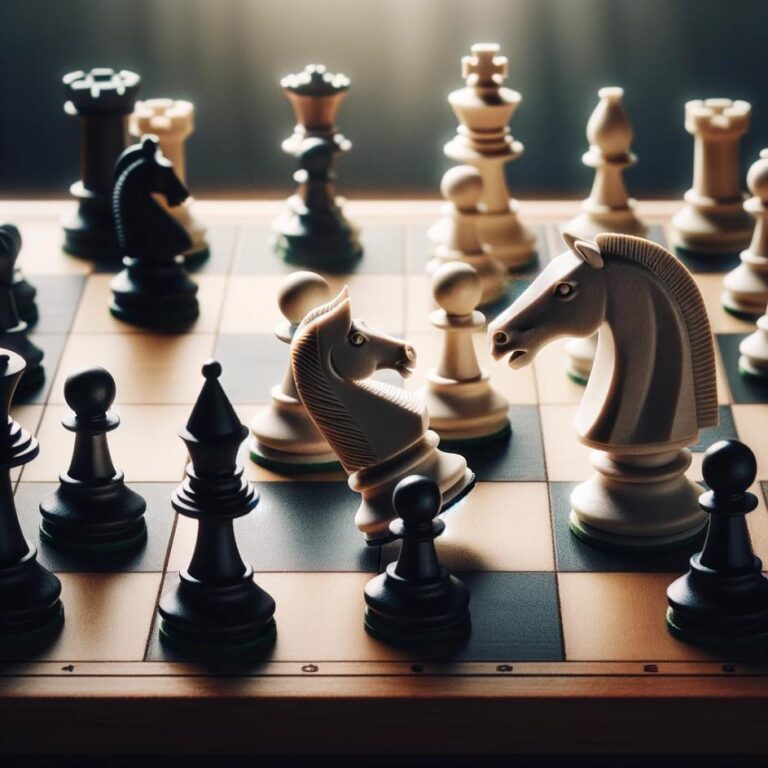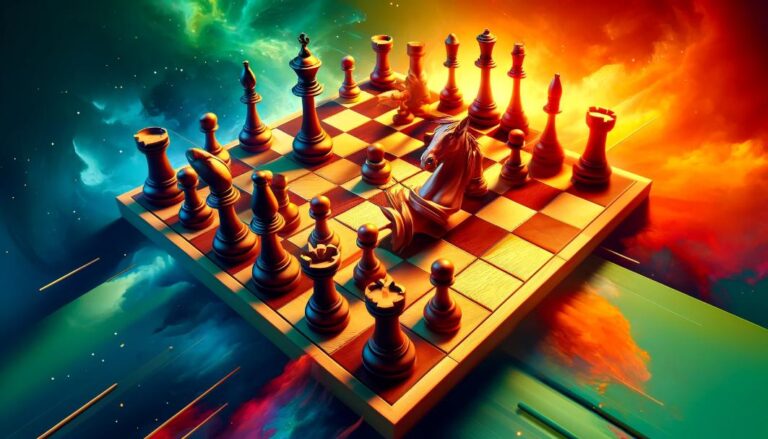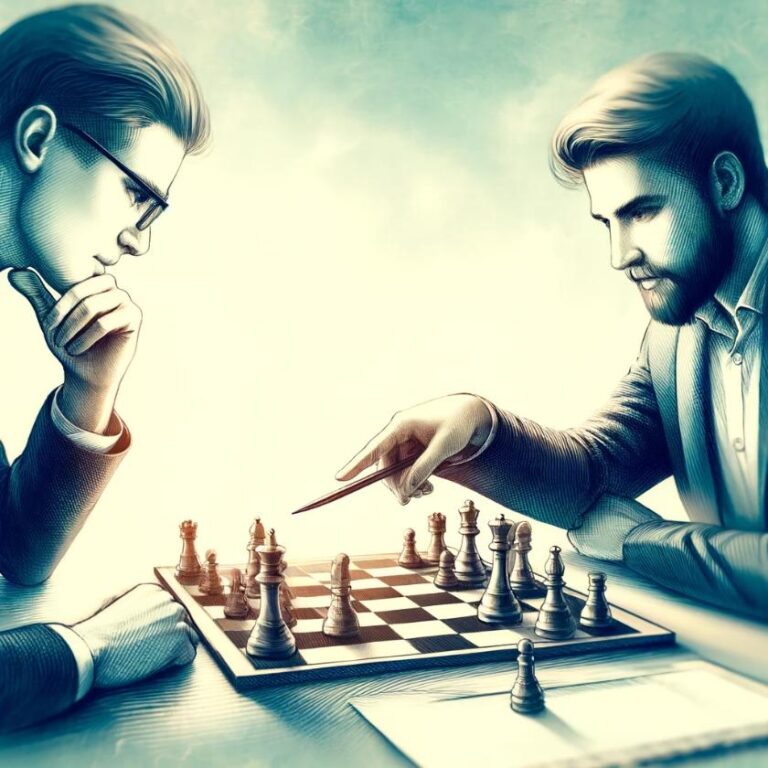The title of Grandmaster (GM) is the highest accolade a chess player can achieve in the world of competitive chess. It is not only a sign of exceptional skill and dedication but also a testament to the strategic finesse and mental resilience required to compete at the highest levels. This article explores what it takes to become a Grandmaster, including the requirements, norms, and the journey that players must undertake to reach this esteemed position.
Understanding Chess Titles and the Grandmaster Title
Chess titles are conferred by the World Chess Federation (FIDE), with Grandmaster being the highest attainable rank. Other titles include Candidate Master, FIDE Master (FM), and International Master (IM), each requiring progressively higher standards of play.
Criteria for Achieving the Grandmaster Title
- Achieving a FIDE rating of 2500 at any point during one’s career.
- Earning three Grandmaster norms, which are high-level performances typically achieved in international tournaments against other Grandmasters.
These norms must be earned in tournaments meeting specific criteria including a mix of players from different countries and a sufficient number of existing Grandmasters.
You may also like How to Become Grandmaster.
The Path to Becoming a Grandmaster
The journey to becoming a Grandmaster is rigorous and demands not only innate talent and profound theoretical knowledge but also a great deal of practical experience.
Developing Fundamental Skills
Aspiring Grandmasters start young, often learning the moves as early as five or six years old. Fundamental skills involve mastering opening theories, middlegame tactics, and endgame techniques. Consistent practice and study are crucial, as is playing in numerous tournaments to gain experience.
Training and Coaching
Serious players usually work with a coach or mentor who is already a Grandmaster or of similar calibre. Advanced training involves detailed analysis of games, specialized preparation for opponents, and psychological conditioning. Many also use chess engines to deepen their understanding of positions and refine their strategies.
Competing in Tournaments
To achieve GM norms, players must compete in international tournaments that are recognized by FIDE. These events must feature a diverse field of competitors from multiple countries, and typically a significant percentage of the participants must be titled players.
Challenges and Setbacks
The road to becoming a Grandmaster is fraught with challenges. The psychological pressure is immense, and the financial and time commitments can be substantial. Players often face setbacks such as slumps in performance, issues with form, or difficulties in securing enough tournaments to meet norm requirements.
Notable Grandmasters and Their Impact
Historically, Grandmasters have had a profound impact on the development of chess strategy and theory. Figures like Garry Kasparov, Magnus Carlsen, and Judit Polgar have not only achieved the title but have also significantly influenced the game through their innovative approaches and championship wins.
Conclusion
Becoming a Grandmaster in chess is a monumental achievement that represents the pinnacle of competitive chess prowess. It requires a blend of high strategic thinking, relentless practice, and a deep passion for the game. For those aspiring to this title, the journey is long and challenging but also incredibly rewarding, offering a chance to leave a mark in the history of chess. As the landscape of chess evolves, so too does the journey to becoming a Grandmaster, adapting to new styles of play and technological aids but always maintaining the rigorous standards of excellence that define the title.







